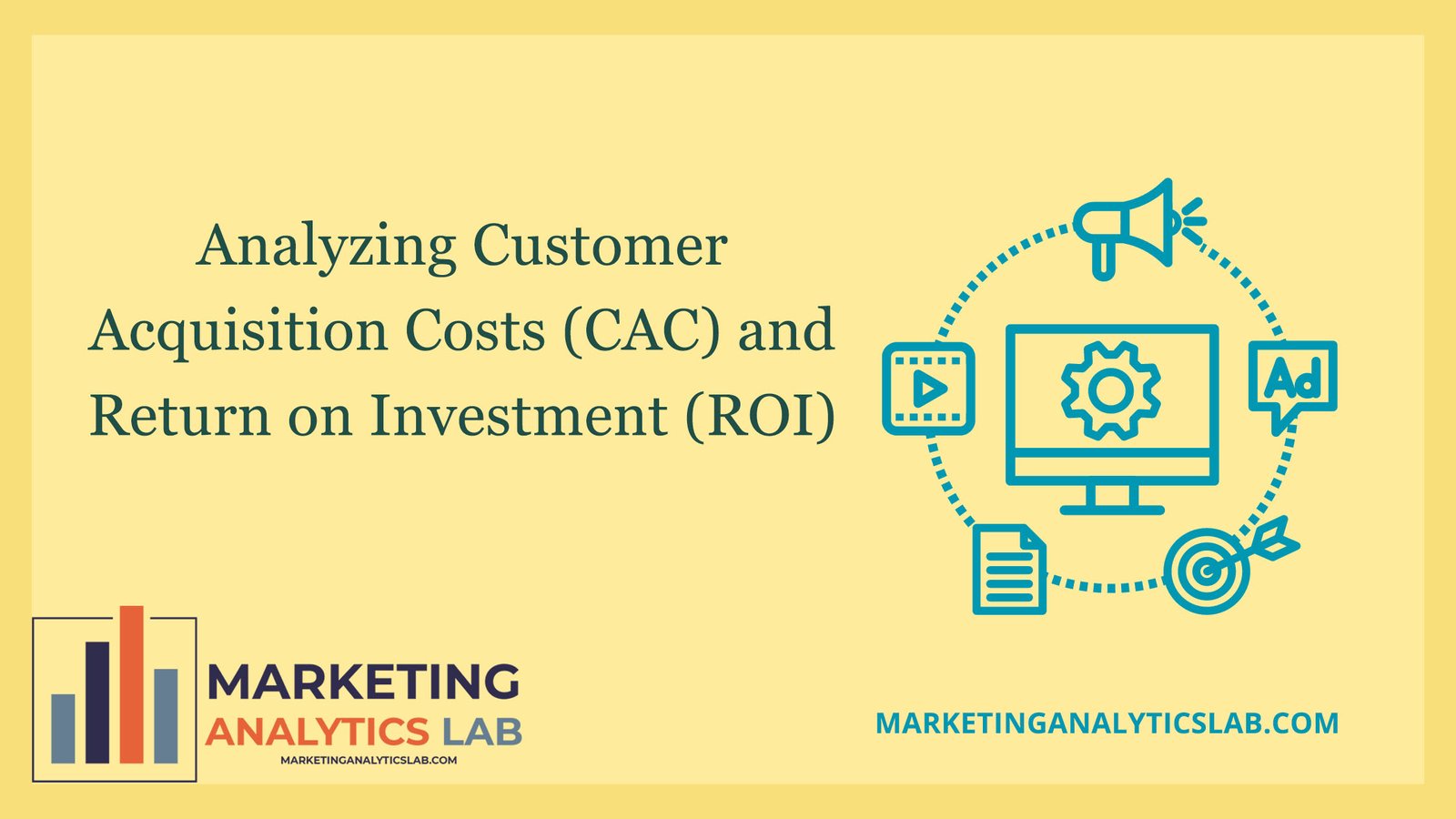Understanding Customer Acquisition Costs (CAC)
Customer Acquisition Cost (CAC) is the total amount of money a company spends on acquiring a new customer. This metric is essential for businesses to understand how much they are investing in acquiring each customer and whether the cost is justifiable in relation to the revenue generated. To calculate CAC, companies can add up all the costs associated with acquiring customers, such as marketing expenses, sales team salaries, and advertising costs, and divide that by the number of new customers acquired during a specific period.
Analyzing CAC is crucial for businesses to make informed decisions about their marketing strategies and budget allocations. By understanding how much it costs to acquire a customer, companies can determine the most effective and efficient channels for customer acquisition. Additionally, monitoring CAC over time can help businesses identify trends and make adjustments to their marketing campaigns to improve efficiency and reduce costs. Ultimately, a low CAC indicates that a company is effectively acquiring customers at a reasonable cost, leading to higher profitability and sustainable growth.
Businesses can also use CAC to compare their customer acquisition costs with industry benchmarks and competitors. This comparison can provide valuable insights into how well a company is performing in acquiring new customers and whether there are opportunities for improvement. By benchmarking CAC, businesses can set realistic goals for reducing customer acquisition costs and increasing ROI. Overall, understanding and analyzing CAC is essential for businesses to optimize their marketing strategies and drive long-term success.
Calculating Return on Investment (ROI) in Marketing
Return on Investment (ROI) in marketing is a key performance indicator that measures the profitability of marketing campaigns and activities. It helps businesses understand the effectiveness of their marketing efforts in generating revenue and achieving business goals. To calculate ROI, companies can subtract the total cost of their marketing efforts from the revenue generated from those efforts and then divide that by the total cost to get a percentage. A positive ROI indicates that a company is generating more revenue than it is spending on marketing, resulting in a profitable return on investment.
Analyzing ROI in marketing allows businesses to evaluate the success of their marketing campaigns and make data-driven decisions for future investments. By tracking ROI, companies can identify which marketing channels, campaigns, or strategies are the most effective in driving revenue and maximizing profitability. This insight enables businesses to allocate their marketing budget strategically and focus on activities that provide the highest ROI. Additionally, monitoring ROI over time can help businesses optimize their marketing efforts, improve campaign performance, and drive sustainable growth.
ROI in marketing is a powerful tool for businesses to measure the impact of their marketing activities and make informed decisions about resource allocation. By understanding the ROI of different marketing initiatives, companies can prioritize investments in strategies that deliver the best results and eliminate or adjust underperforming campaigns. Analyzing ROI also helps businesses calculate the long-term value of their customers and assess the overall impact of marketing on revenue generation. Ultimately, by calculating and analyzing ROI in marketing, businesses can improve their marketing effectiveness, maximize return on investment, and drive business growth.

